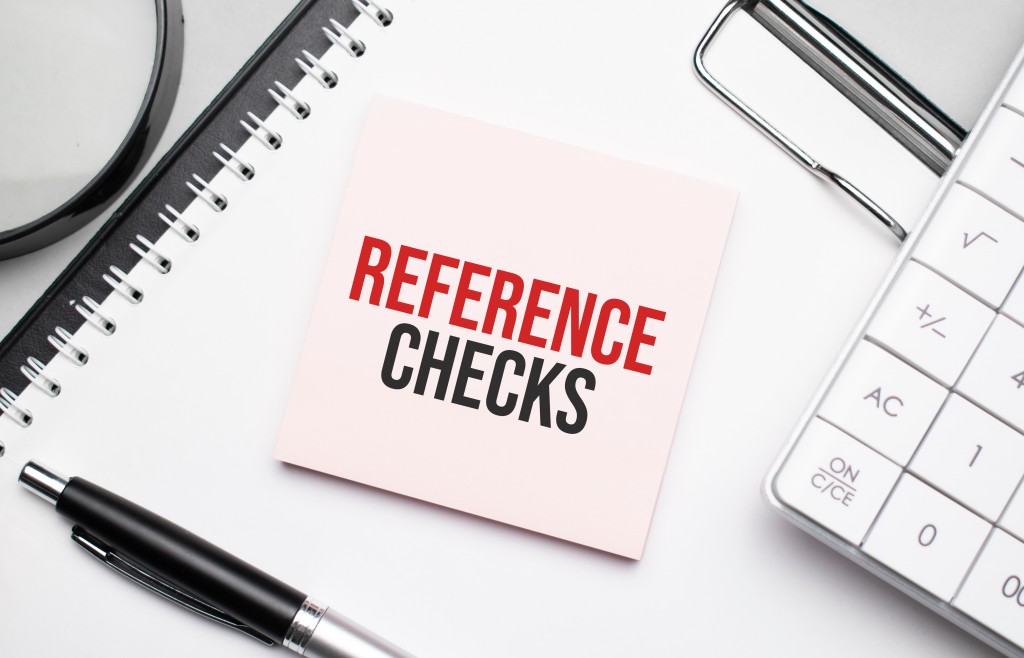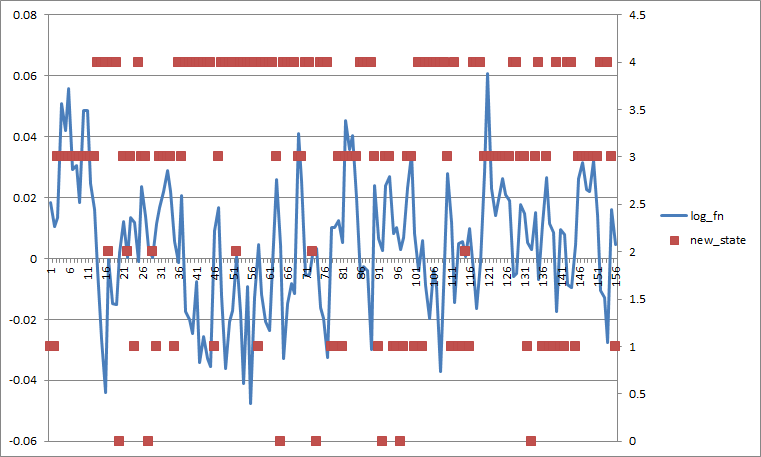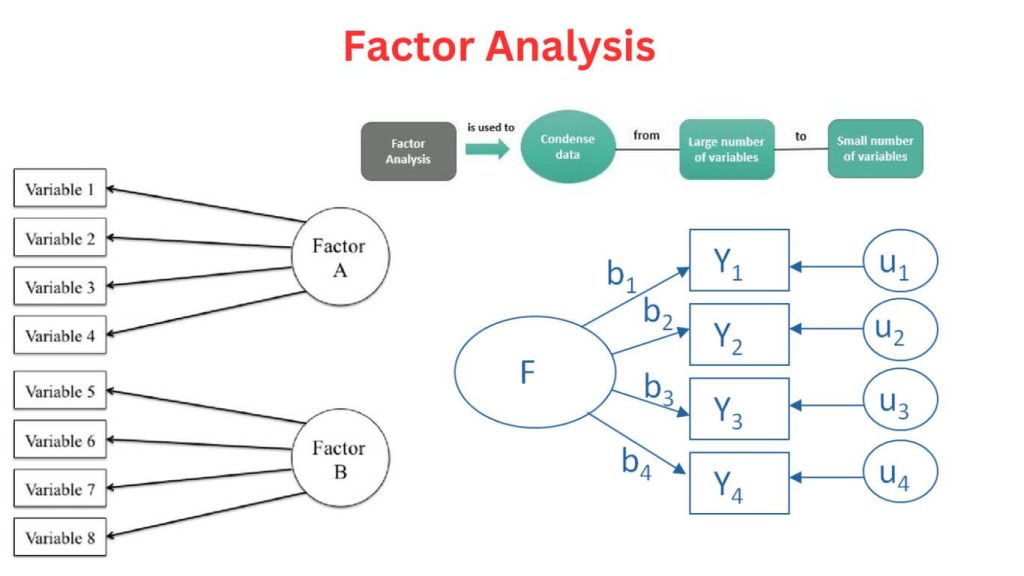Why local businesses in Australia are struggling today The sun sets over suburban Adelaide, casting long shadows on quiet streets. Once, these streets were lined with thriving small businesses—local garages, family-run butcher shops, and corner stores where shopkeepers knew their …
Public Sector CRM & RPA: Innovation or Institutionalized Waste? In many public sector organizations, the CRM department was meant to be the beating heart of citizen engagement; instead, it has become an automated filing cabinet—tracking, storing, and archiving inefficiency. Designed …
AI Fiction Became Reality—What Does It Mean for AI Governance? In 2002, New Zealand-born director Andrew Niccol introduced us to a world where artificial intelligence (AI) could create a completely synthetic actress—so convincing that the public believed she was real. …
Why Lean Practices Are Failing Public Sector Efficiency Public service leaders, there is a growing inefficiency hiding in plain sight. It is not about budgets, staffing shortages, or public complaints. This problem runs deeper—it wastes government resources while pretending to …
What Are Reference Checks and Why Don’t They Matter? The Truth Behind the Call Every workplace relies on processes to function, and some, like reference checks, serve essential purposes. At their core, reference checks are designed to fact-check candidates, ensuring …
A Brief History: Who Developed Semi-Supervised Scenarios? The concept of semi-supervised learning (SSL) was introduced in the late 1990s to address the growing need to utilize unlabeled data in machine learning. Researchers like Xiaojin Zhu pioneered frameworks for combining labeled …
Imagine separating apples and oranges on a table where only a few are labeled requires educated guesses about the rest. Semi-Supervised Support Vector Machines (S3VMs) work similarly: they combine a small set of labeled data with a larger pool of …
Imagine you’re throwing darts at a dartboard: if your darts consistently miss the center but land in a tight cluster, your aim has a bias—it’s systematically off-target. Similarly, the bias of an estimator measures how far an estimation method deviates …
A Brief History of This Tool: Who Developed It? Hidden Markov Models (HMMs) originated in the 1960s as a statistical framework for analyzing sequential data. Leonard E. Baum and his team pioneered this groundbreaking methodology. Over time, libraries like hmmlearn …
A Brief History: Who Developed Factor Analysis? The history of factor analysis traces back to Charles Spearman, who introduced it to study intelligence in the early 20th century. Since then, this statistical method has become a foundational tool in fields …











